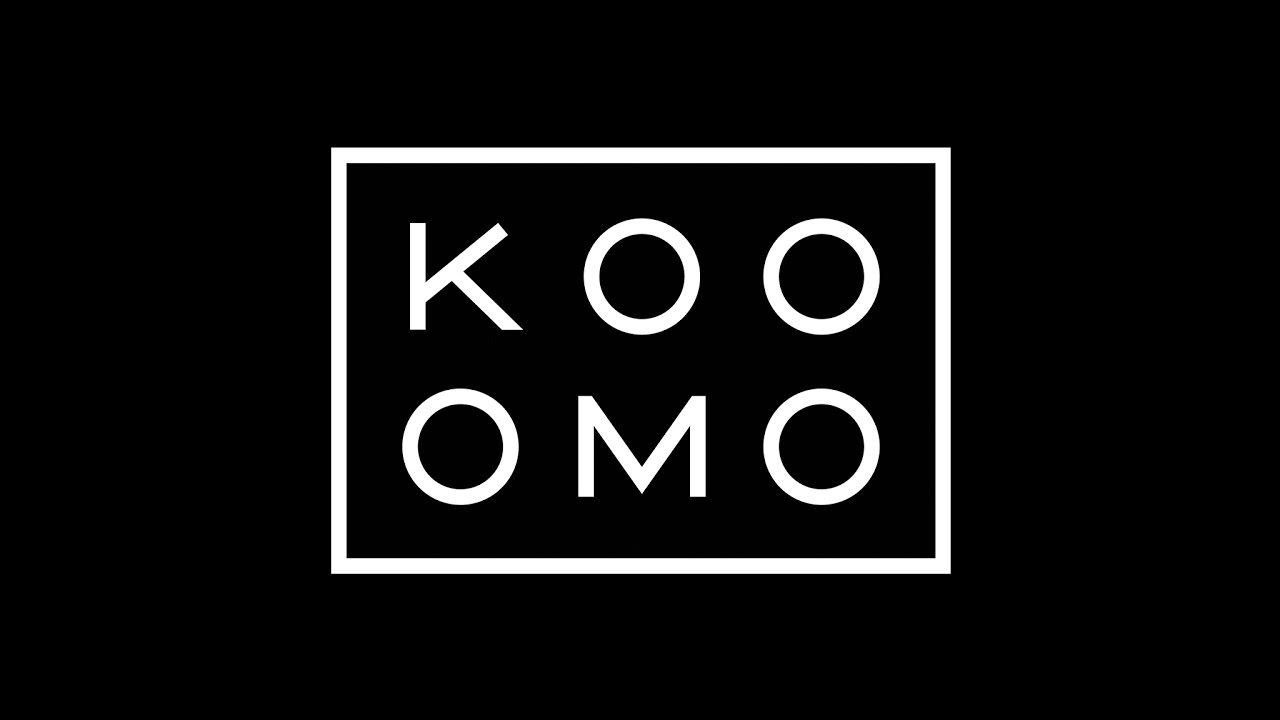Primer Sets a New Standard for All Checkouts,...
- 16.10.2025 10:15 am
Klarna and Google Cloud Enter Strategic AI Partnership...
- 10.10.2025 02:25 pm
Stripe Partners With Mercari To Power Global Expansion...
- 30.09.2025 08:35 am
New Survey: One In Four Companies Lose More Than $1...
- 24.09.2025 12:15 pm
Bolt Launches Activate, a Founder-First Program to...
- 19.09.2025 11:05 am
Przelewy24 and Liberis Join Forces to Revolutionize e-...
- 16.09.2025 10:45 am
eCommerce Market to Surpass $13 Trillion by 2030...
- 08.09.2025 09:30 am
Stripe Expands Services in Japan, Launching Terminal...
- 03.09.2025 10:15 am
Prime Day’s Ripple Effect: Online Merchants Beyond...
- 28.08.2025 10:35 am
dLocal and Tiendamia Partner to Drive Cross-Border...
- 19.08.2025 05:25 pm
Zip US Expands Google Pay Collaboration with...
- 13.08.2025 04:05 pm
Clip Introduces the New Device Clip Ultra,...
- 08.08.2025 12:05 pm






















